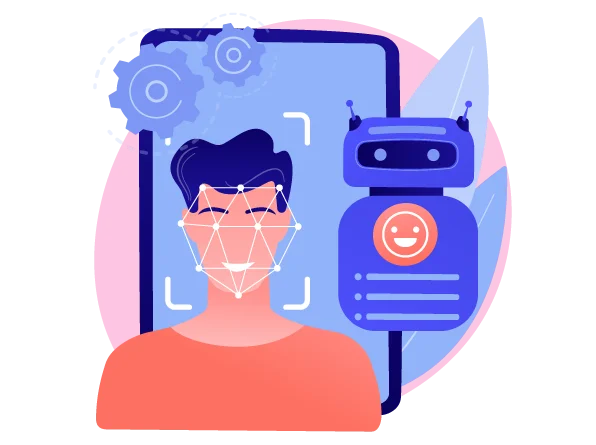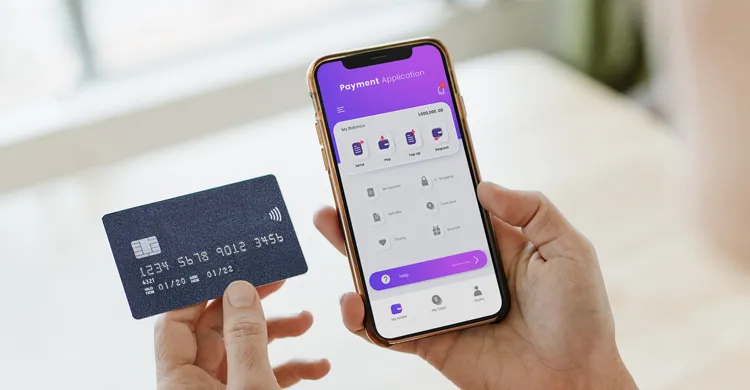Problem Statement
In an era where technology has become an integral part of our daily lives, the traditional modes of human-computer interaction often feel limiting and outdated. The need to develop a more intuitive, hands-free, and engaging way of interacting with digital devices and applications has become increasingly apparent. Recognizing this challenge, our project aimed to pioneer a solution that would revolutionize human-computer interaction by harnessing the power of Hand Gesture Detection and Computer Vision.
Summary of the Solution
Our project set out to create a groundbreaking Hand Gesture Detection system, powered by state-of-the-art Computer Vision technology. This system would enable computers and devices to understand and respond to a wide range of human hand movements, opening new dimensions of interaction and user experience.
Business Solution
The business solution focused on elevating user experiences across various industries. By incorporating Hand Gesture Detection with Computer Vision into a wide array of applications and devices, our aim was to enhance user engagement, accessibility, and satisfaction. We saw the potential to not only improve the way people interacted with technology but also to unlock new business opportunities.
Technical Solution
The technical solution involved the development of a robust Hand Gesture Detection system with the following core components:
- Advanced Computer Vision Framework: Leveraging cutting-edge Computer Vision algorithms, we created a framework that allowed devices to perceive and interpret hand gestures in real-time.
- Comprehensive Gesture Training:To ensure accuracy and versatility, the system underwent extensive training on diverse hand gestures, enabling it to recognize complex movements with precision.
- Low-Latency Responsiveness: We optimized the system for minimal latency, guaranteeing that hand gestures translated into immediate and seamless actions.
- Cross-Platform Compatibility: Our solution was designed to seamlessly integrate with various devices, ranging from smartphones and tablets to smart TVs and IoT appliances.
Rationale behind the Change (Why, What, How)
- Why: Traditional input methods, such as touchscreens and keyboards, often felt limiting and lacked the intuitiveness users desired. The project aimed to provide a more natural, hands-free, and immersive way of interacting with technology.
- What: We proposed the development of a revolutionary Hand Gesture Detection system, powered by Computer Vision, to redefine human-computer interaction.
- How: We executed the plan by crafting a sophisticated Computer Vision framework, conducting extensive gesture training, and ensuring compatibility across a wide spectrum of devices.
Proposed Solution
We implemented the Hand Gesture Detection system with Computer Vision to redefine human-computer interaction. The proposed solution encompassed the following steps:
- Framework Development: We engineered a highly advanced Computer Vision framework capable of accurately recognizing and interpreting an extensive repertoire of hand gestures.
- Training:The system underwent rigorous training on a diverse dataset of hand movements, ensuring that it could discern even intricate gestures with precision.
- Seamless Integration:Our solution was seamlessly integrated into an array of devices and applications, offering users an intuitive, hands-free means of interaction.
Outcome
The implementation of the Hand Gesture Detection system with Computer Vision yielded transformative outcomes:
- Elevated User Experience: Users could now engage with their devices and applications in a more intuitive, natural, and immersive manner, resulting in heightened satisfaction and engagement.
- Hands-Free Empowerment:The technology empowered users with the ability to control and communicate with their digital world without physical contact, offering convenience and accessibility.
- Unlocking New Possibilities:The system sparked innovation across multiple industries, including gaming, healthcare, education, and industrial automation, paving the way for novel applications and experiences.
- Competitive Edge: Our partners gained a competitive edge by embracing this pioneering technology, ensuring their products and services remained at the forefront of the tech landscape.
Conclusion
The integration of Hand Gesture Detection with Computer Vision has transcended the boundaries of conventional human-computer interaction, ushering in a new era of intuitive, immersive, and accessible technology. This case study exemplifies the potential of groundbreaking innovations to redefine user experiences and shape the future of technology across diverse industries.







